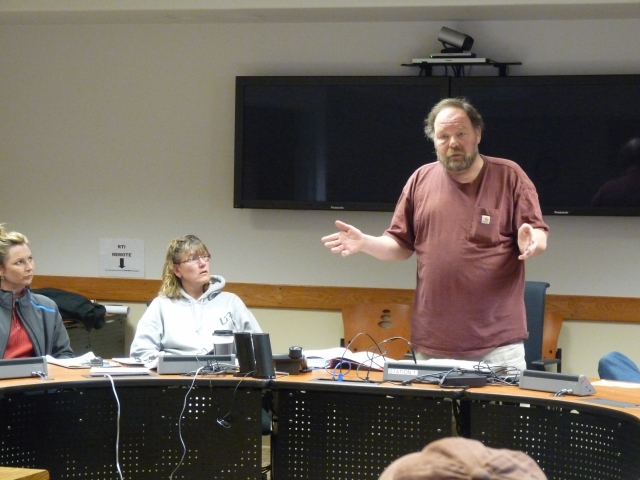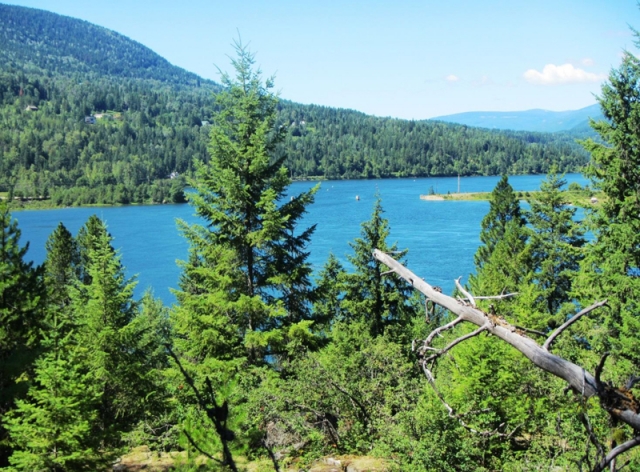Meat producers take production to the next level
Visions of exporting “Boundary grown” meat products to customers willing to pay soaring prices for high quality food are in the sights of regional farmers after a meeting last week about increasing the meat industry’s potential.
The meeting on Mar. 31, organized by Doug Zorn, Larry Dees and Patti Bevilacqua, was originally designed to see if there was any interest from local producers to create a structure to co-ordinate slaughter, processing and marketing. With over 30 producers in attendance and 15 volunteering their time to move the ideas forward, the meeting was a success.
“We have to look at the farmer. Us farmers have to be profitable,” said Zorn. “I know we’re all crazy because we’re all still doing this and there isn’t money after 30 years but it’s time. I think with the current world conditions, with droughts, climate change, the economy, food’s going to go nothing but up in the stores.”
Zorn updated the group on the construction of the mobile slaughter unit (MPU) which should be complete in six months. But along with finding an operator for the MPU and setting up docking stations, Zorn said the work for the meat producers is just beginning.
“We need a cut and wrap facility in Grand Forks, we need to have coolers and so forth,” said Zorn. “So how do we get that? We get together and form a meat society that deals directly with meat producers, opportunities for meat producers and we apply for grants that are available and we get money. And we put money in as producers so we build a facility that is going to be able to process our products.”
Leah Jones, a chicken producer in the Nursery, told the group her research has found growing markets in the Kootenays and the Lower Mainland, but that large quantities and year-round production are the keys to accessing those markets.
“For chicken coming from the Lower Mainland, for a high-quality free range breast for (high end restaurants) like All Seasons (Nelson) they’re paying $7.00 a breast right now,” said Jones. “During the summer alone All Seasons was selling about 200 chicken breasts a week. If we could somehow get a cut and wrap that had agreements with these places, it benefits them and us. The problem right now is you can’t advertise a local Grand Forks breast on the menu because I can’t provide near what they want. So they need to have a guarantee that they’ll have (the volume) available.”
Opportunities to create a value added chain for the meat industry are prime, agreed Zorn.
“We have to look beyond the selling of sides,” Zorn explained. “We have to look at our demographics. There’re going to be more and more retired people coming, they buy 25 pound or 30 pound packs. They buy differently. If we can get together…if we can have that cut and wrap facility that makes sausage, that smokes bacon, does jerky making and value added processing to the product, then we’re going to make more profit.”
Bevilacqua explained what she sees as next steps for the group including legalizing an organization, identifying projects to be done, accessing funding to assist in projects like infrastructure construction, marketing and sales co-ordination, and to create standards for products that will earn the area’s producers a recognizable name.
“It takes an organization to find funding to move this forward, it takes us in this room to move it forward,” concluded Zorn.
The volunteers will be meeting in late April to move forward. Contact Doug Zorn at 250-442-3359 for more information.


























Comments